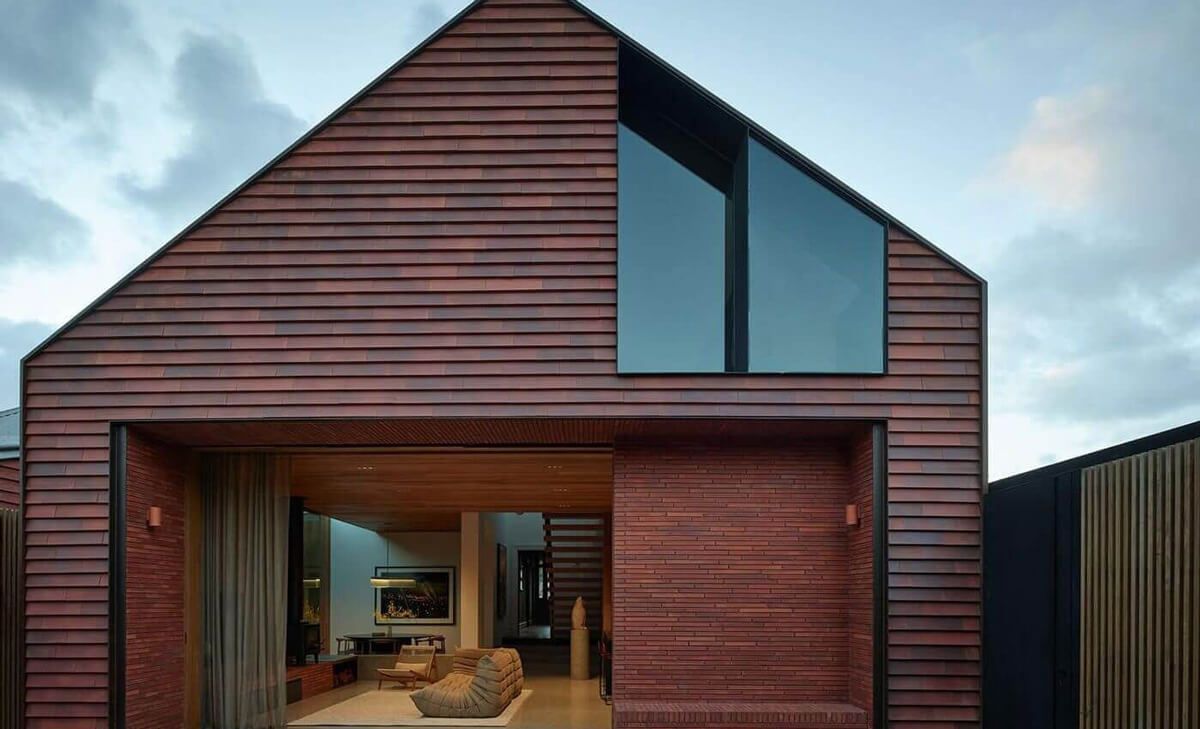
Cascina Elena Winery
Respecting the landscape
The sense of responsibility guided the architects in drafting a new project, evaluating with extreme respect the soul of the place where the building is located, making it as sustainable as possible from an environmental and economic perspective. The design of a building intended for an organic winery was an opportunity to find solutions that would minimize the impact on the landscape by limiting excavation and displacements.


Located on a hill, the building expands mainly horizontally following the contour lines of the landscape settling into a natural terrace close to an existing escarpment. The quality of the architectural detail alludes to the care of the wine production craftsmanship. The expressive character of the territory determines the selection of the colors of the building envelope which represents the contact and exchange between architecture and nature.
The palette in shades of brown refers to the colors of the earth, the vine, the must and helps to enhance the identity of the place. The choice of construction materials was made in such a way as to favor the selection of local and eco-sustainable products, preferring solutions that reduce the need for maintenance and ensure that - in a possible future demolition of the building - the recovery and recycling of the largest number of building material limits the footprint left by the building.


The construction system consists of a prefabricated steel frame that can be easily dismantled and is completely recyclable. This resulted in a significant reduction in construction time which allowed for the completion of the building in eight months.
The façade, covered in light brown Sk1n tiles with a horizontal pattern, integrates the building into the natural environment characterized by mimicking the typical structure of the sedimentary rock with a layered texture. The choice of a clay cladding material with high-density characteristics ensures a high thermal lag performance by increasing inertia with attenuation of high temperatures inside the building in summer.


Ecology and renewable sources
The energy requirement for the cellar's air conditioning is minimized by exploiting the thermal inertia of the existing ground against which the building has been placed and dissipating the heat of solar radiation through the ventilated wall system, used on the façade and roof. The insulating materials are all naturally derived: wood fiber, hemp, and cork panels.


The production of energy derived from renewable sources is guaranteed by the photovoltaic panels on the flat roof and the water requirement is reduced through the recycling of rainwater. The design details of the functional areas of the building optimize the workflow of the wine production process, respecting the needs of those who use the rooms.
The functional areas dedicated to each activity (reception of the grapes, pressing-crushing, fermentation, oenological development, bottling, storage, testing, packaging, and shipping) create a healthy work environment, providing ventilation and indirect natural light, with the aim of saving energy while maintaining adequate environmental comfort. The tasting room is characterized by a large window that visually connects the building to the surrounding landscape and vineyards.


Project gallery
























